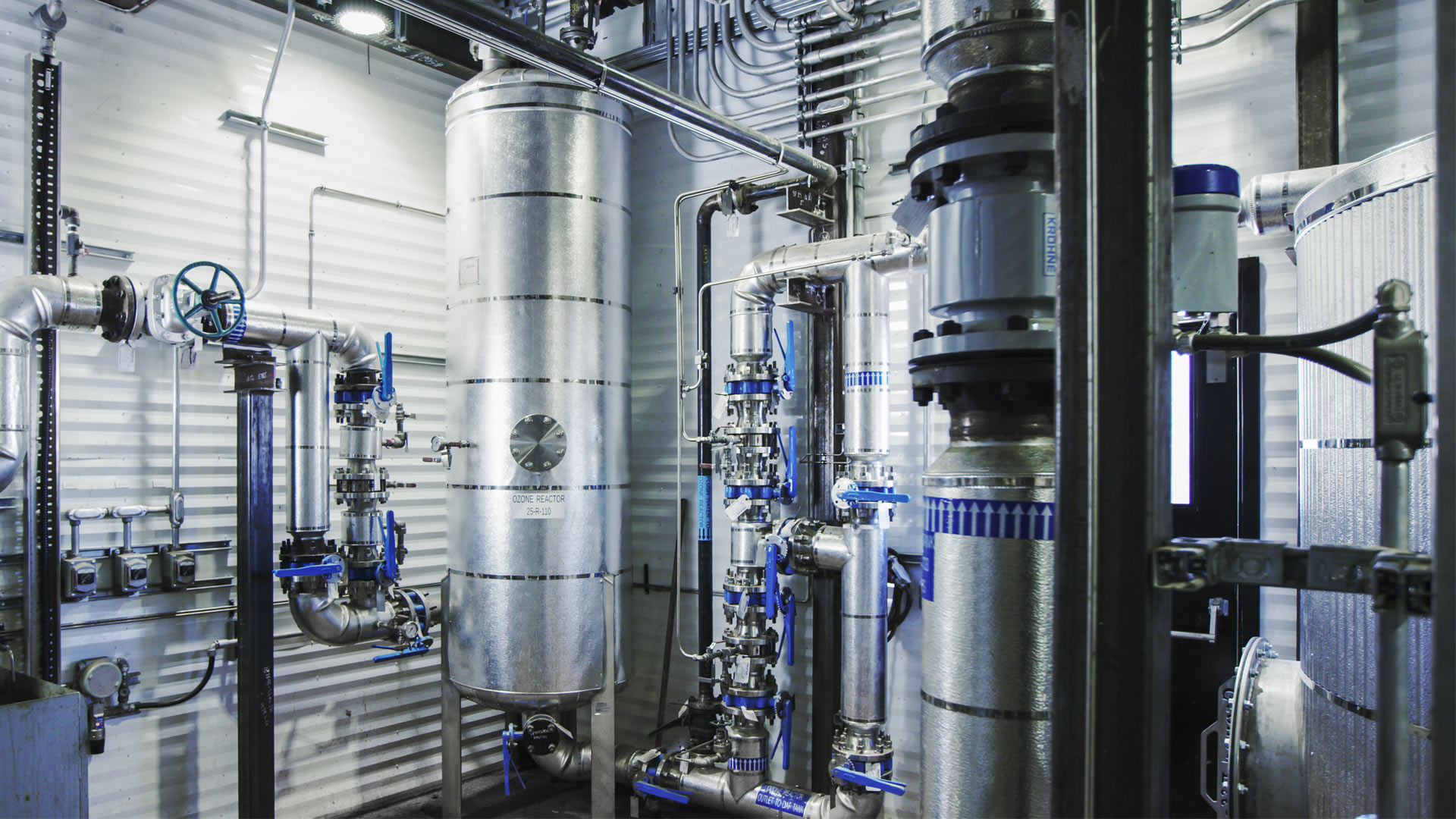SAGD Field Trial of EOX Treated Produced Water using Ceramic Filtration Technology
Ground Effects successfully treated SAGD produced waste water removing silica, TSS, COD, TOC, H2S, metals and bacteria exceeding reuse criteria for steam generation.
The Situation
GEE's EOX is operating on a SAGD plant successfully removing silica, TSS, COD, H2S, metals and TOC. The success of this project meets several industry challenges. Water treatment and steam generation create a high demand for clean water. Reuse of produced water is critical to the life cycle and further production in SAGD facilities. Each year millions of cubic meters of contaminated waste water are produced daily. Due to an increased water demand for production, limited quality water availability and continued stringent regulatory requirements, water availability and usage can become a limiting factor.
The EOX successfully treats the produced water to reuse standards, reducing pressure on fresh water supplies. It replaces expensive chemical processes including WLS and HLS. Operational success of the SAGD includes 50 % reduction in Capex and Opex of $0.40 - $ 0.80/m3. The EOX also has a small footprint and is scaleable.

The Solution
GEE’s EOX is successfully operating in a SAGD plant, removing silica, TSS, COD, H2S, metals and TOC. As GEE continues to seek ways to optimize the EOX performance, GEE meticulously examines all aspects of the treatment process. By engineering electrode geometries and composition, GEE is able to get enhanced treatment capacity, improving already excellent results. By examining down stream technology for filtration strategies that are successful in this harsh environment, GEE field tested silica carbide flat sheet ceramic membranes. These membranes are robust, chemically inert and high a high flux rate with a reduced footprint. These membranes are negatively charged, reducing fouling or organics and oil. They are extremely durable and easy to clean, making them ideal for this high flow, harsh environment.
These incremental advancements signify less risk for the producer, and more economical water treatment for reuse. The engineering and field testing, GEE has continued to make great strides in treating produced water to reuse in steam generation. This continues to bring water treatment for reuse in line with fresh water supply costs.
.jpg)
The Results
| Normal Produced Water | ||||
Parameter | Units | Initial | Post EC | Post Membrane |
| pH | 7 | 7.21 | 7.32 | |
| Turbidity | NTU | 49.4 | 8.52 | 1.95 |
| Silica | mg/L | 239.5 | 12.4 | 12.4 |
| Total Iron | mg/L | 0.41 | 0.11 | 0.11 |
